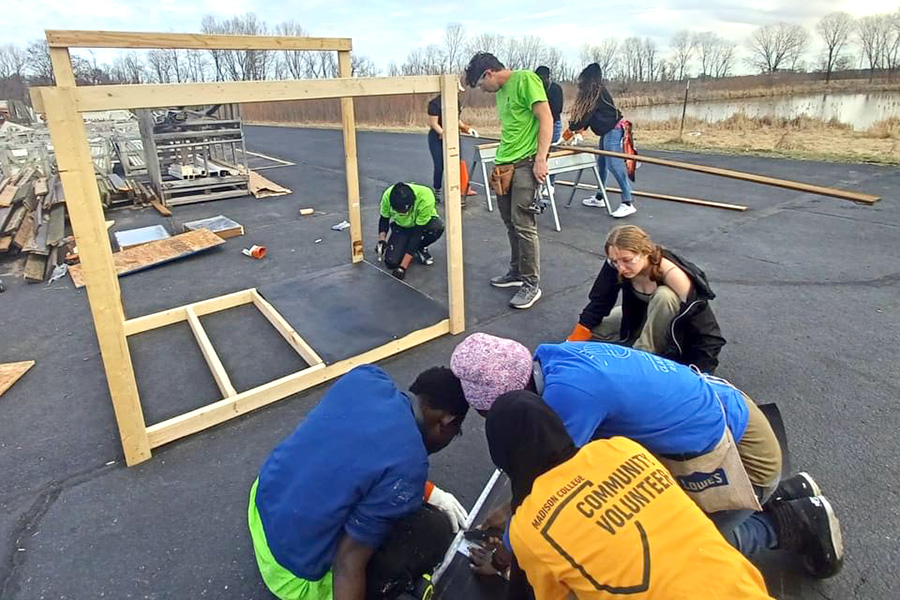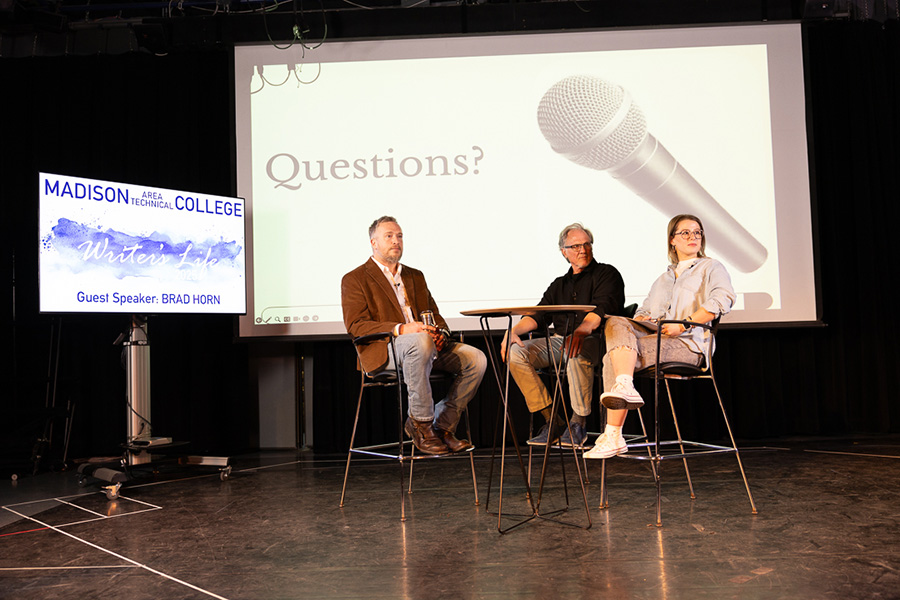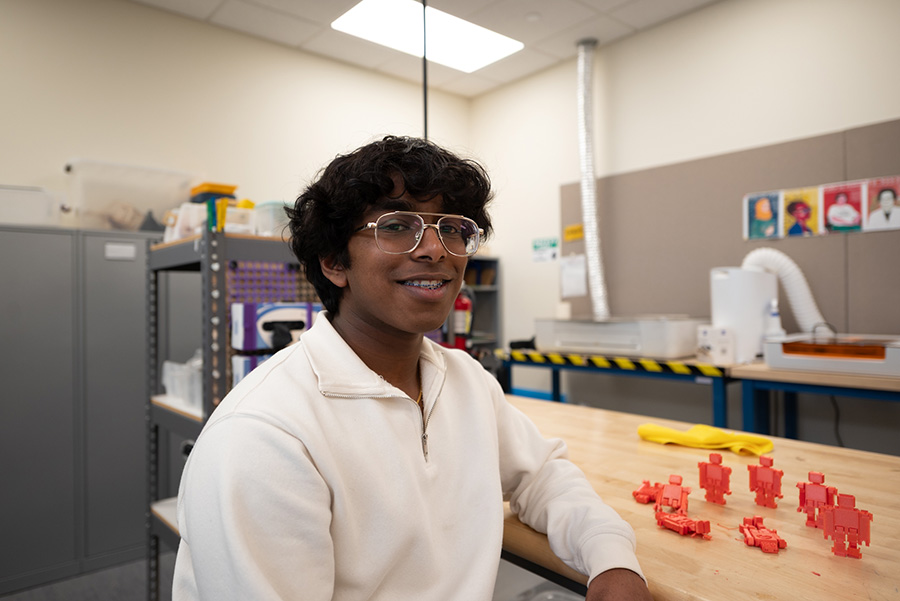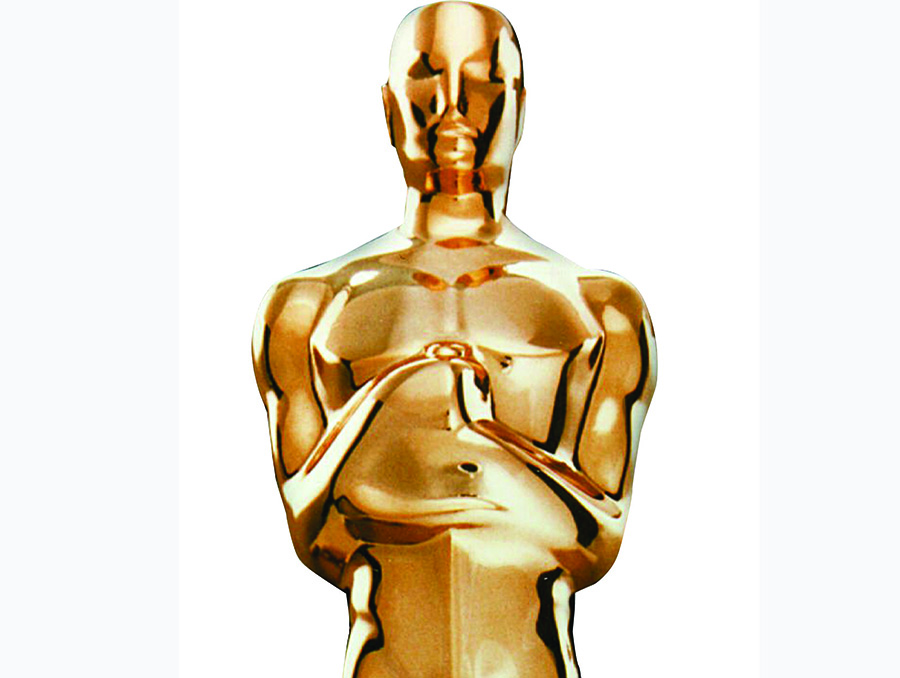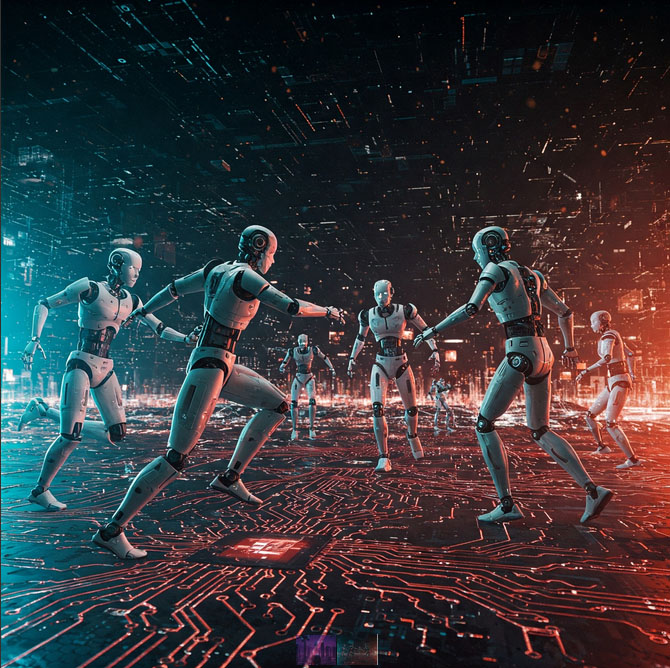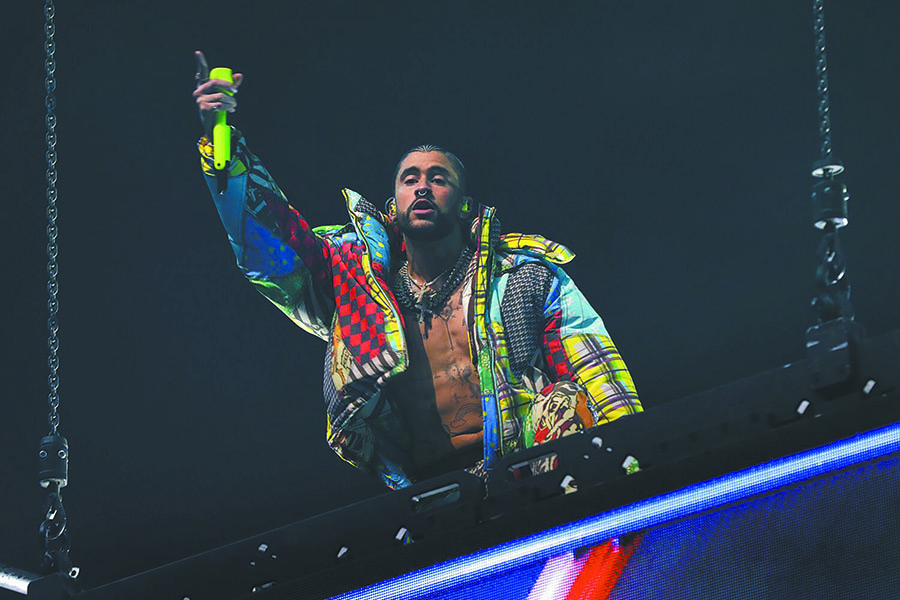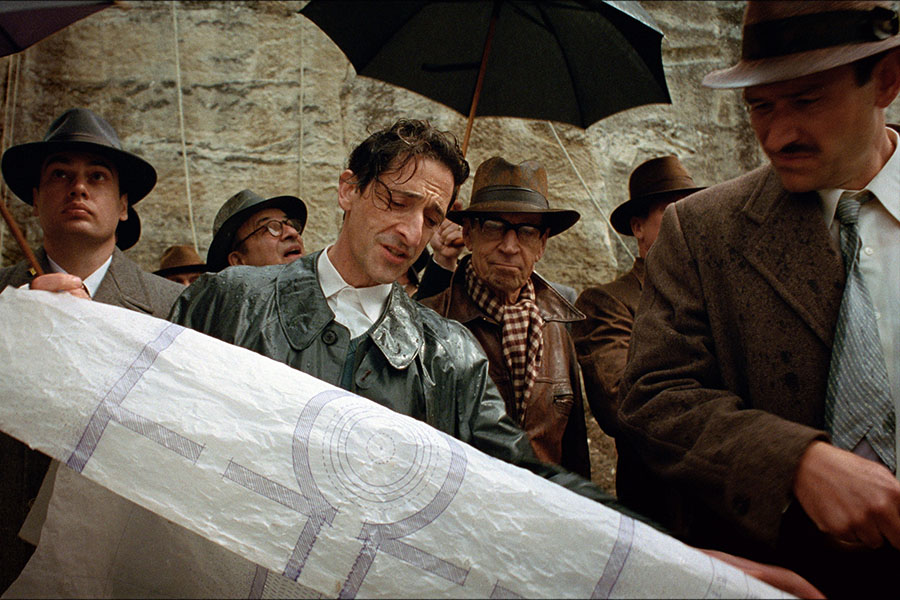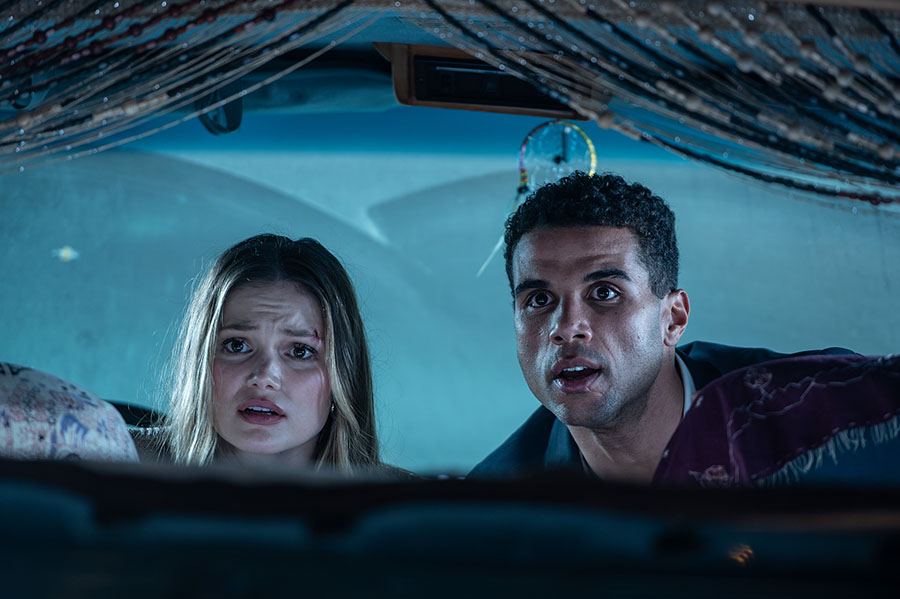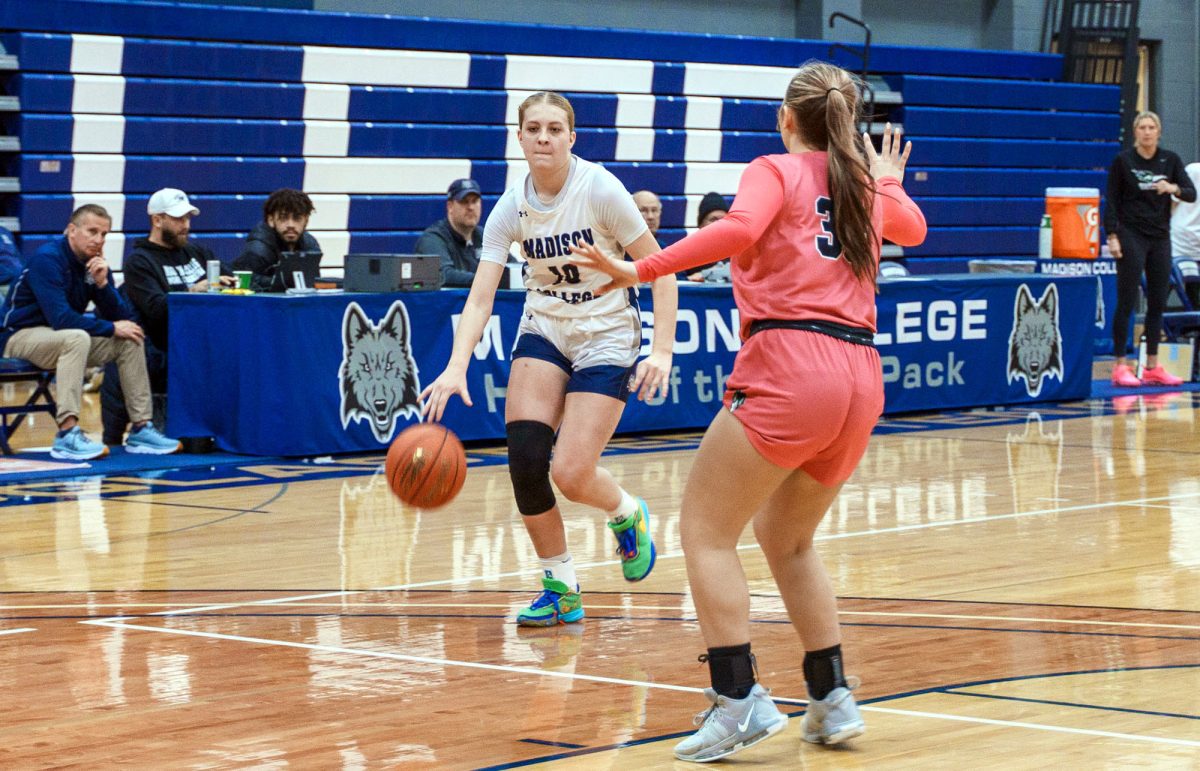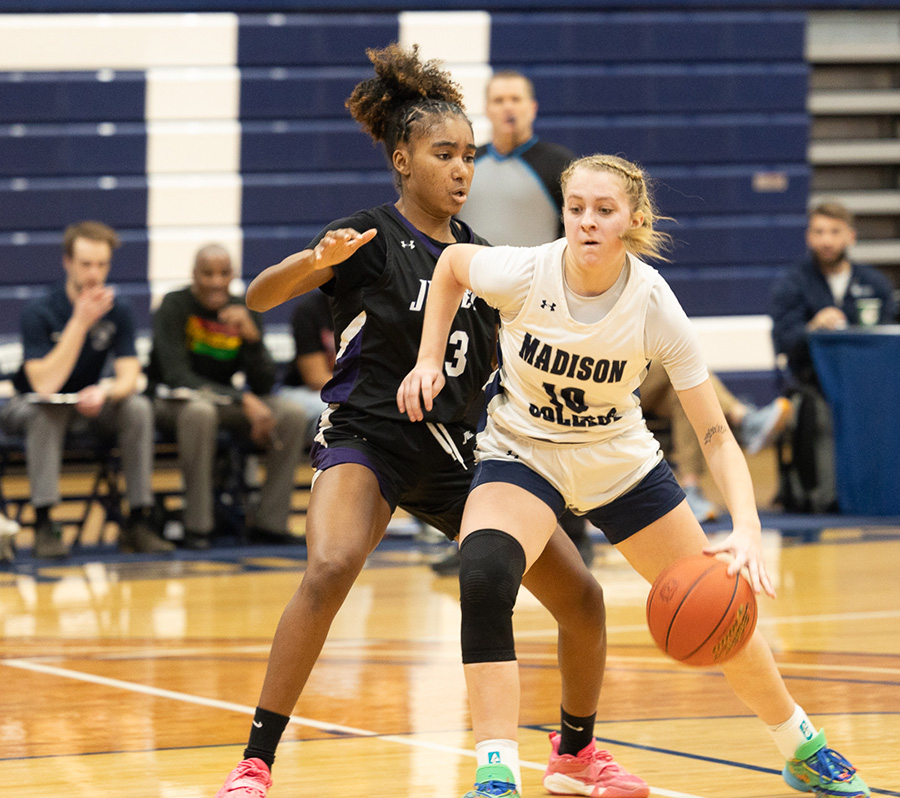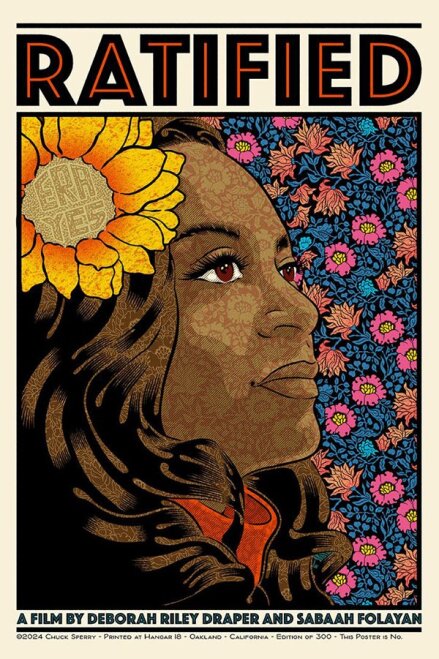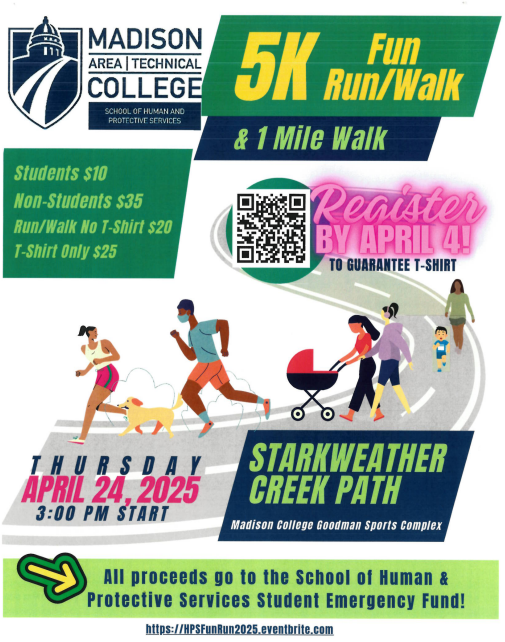More caution needed before deadly force
December 10, 2014
Former Ferguson Police Department officer Darren Wilson told a grand jury that clutching Michael Brown’s arm felt like “a five-year-old holding onto Hulk Hogan.” The 6-foot-4-inch 210-pound Wilson told the same grand jury that 18-year-old Michael Brown’s face “looks like a demon.”
This portrait of a monster, as painted by Wilson, goes a long way in explaining the events that occurred on Aug. 9, 2014, in Ferguson, Mo,, when Wilson shot the unarmed teenager to death. He didn’t see Brown as a young man. He saw Brown as a sub-human.
The relationship between police and civilians in the United States is deteriorating-particularly between police and people of color. While many police departments use some incarnation of the motto “serve and protect,” there’s an increasing perception that police see the people they are supposed to be serving and protecting as subordinates.
During the protests following Brown’s killing, Ferguson devolved into a military state. Photos and video regularly showed protestors in the street with military style weapons fixed on them. Americans were learning the limits of their freedom.
Before the dust could settle from the unsurprising decision by the grand jury not to indict Wilson, a New York grand jury similarly let an officer off the hook for the killing of another unarmed black man, Eric Garner. In this case, no testimony was needed to describe the assailed and assailant because a cell phone video captured the entire episode.
Police had surmised that Garner was illegally selling individual cigarettes on the street. Garner respectfully pleads with police, “I’m minding my business officer, please, just leave me alone.” Before he even had the opportunity to resist arrest Patrolman Daniel Pantaleo placed him in a chokehold.
“I can’t breathe,” he said 11 times before succumbing.
Where is the restraint? Do they teach restraint in police academy? Is it not better to let black market cigarette tax evasion or theft of Swisher Sweet’s go unpunished then let the police play judge, jury, and executioner?
Last month Cleveland Police Officer Timothy Loehmann shot and killed 12-year-old Tamir Rice. Rice was alone in a park playing with an air gun that the officer mistook for a real weapon. A surveillance video from the Cleveland park where Rice was killed captured the event. Within two seconds of exiting his squad, Loehmann fired the shots that led to the boy’s death the next day. According to internal reports from the Cleveland Police Department, four minutes passed before Rice received medical attention for his gunshot wounds.
Records released from Loehmann’s former employer, the Independence Police Department, cite a supervisor as calling the officer “distracted and weepy” and “emotionally immature.”
There is a long history of police-caused deaths to unarmed persons in this country, particularly of minorities. It’s safe to say we have a big problem. It’s not fair, however, to call it an epidemic or villanize all police officers. That said, officer unions should not broadly support the few that are villains. It perpetuates the us vs. them attitude and lodges the wedge of distrust even deeper.
In an interview with the Washington Post, one of Wilson’s lawyers relayed a story of a conversation he had with Wilson about returning to the job. Wilson, apparently, was initially naïve about the fact that he would never work in the Ferguson PD again.
“I think I expressed to him, ‘Do you realize your first call (back on the job) will be to a blind alley where you’re executed?’ He took a pause for a minute, thought about it and said, ‘Oh.’ That is the reality,” attorney James Towey said.
It is true, there are real monsters out there, but they are not made of petty theft, black market cigarette sales, and toy guns.
Sometimes the monsters appear in uniform.


